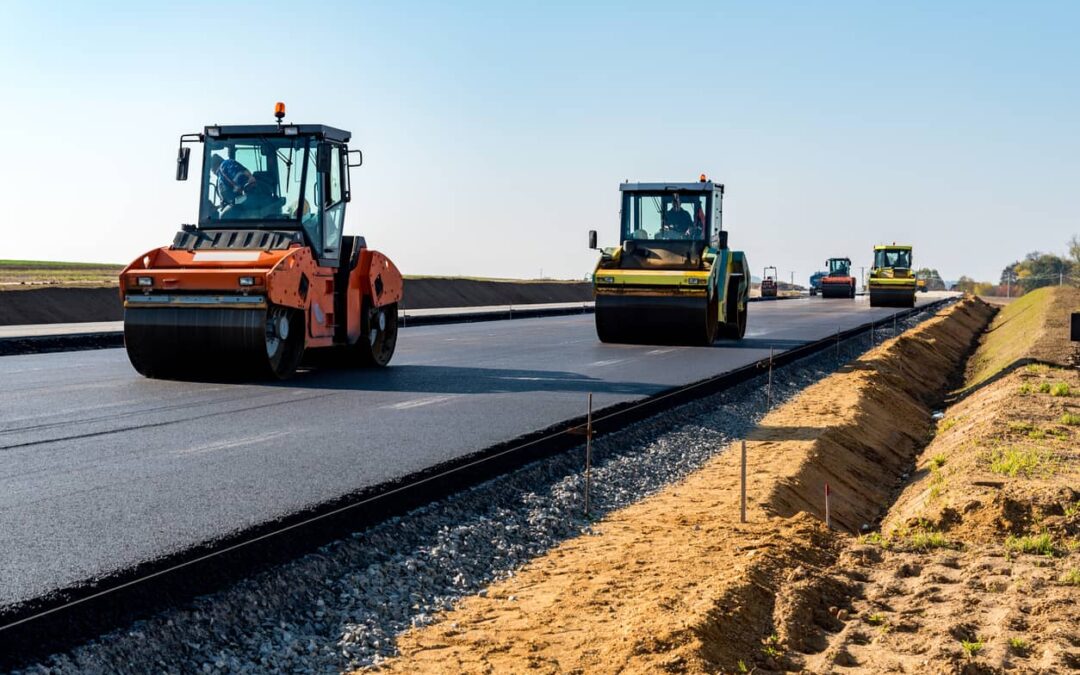Asphalt and concrete pavers are an essential piece of equipment in the construction of roads, parking lots, and other surfaces. They play a critical role in laying down a smooth and uniform layer of material, ensuring a durable and long-lasting surface.
The operation of asphalt pavers is powered by a hydraulic system and one of the key components of a hydraulic system used in asphalt pavers is the hydraulic pump. The pump is responsible for pressurizing the hydraulic fluid and delivering it to the actuators that control the paving process. The pump is typically driven by an electric motor, but other power sources such as diesel engines can also be used.
Another important component of the hydraulic system is the hydraulic motor. The hydraulic motor converts the fluid pressure into rotary motion, which is used to drive the screed, the flat plate that spreads and levels the asphalt. The hydraulic valves control the flow of fluid to the hydraulic motor, allowing the operator to control the speed and direction of the screed.
Hydraulic cylinders are used to raise and lower the screed, ensuring that the correct thickness of asphalt is laid. The hydraulic system also controls the conveyors that transport the asphalt to the screed and the augers that distribute the asphalt evenly across the surface.
Asphalt pavers are complex machines that rely on hydraulic systems to function efficiently and effectively. By understanding the components and operation of these systems, paving contractors and engineers can ensure that their asphalt pavers are functioning optimally and providing reliable performance. Make sure you schedule regular maintenance and repair of your paver’s hydraulic system. Texas Hydrostatics can help extend the life of the machine and ensure that it continues to provide reliable service for many years to come.

